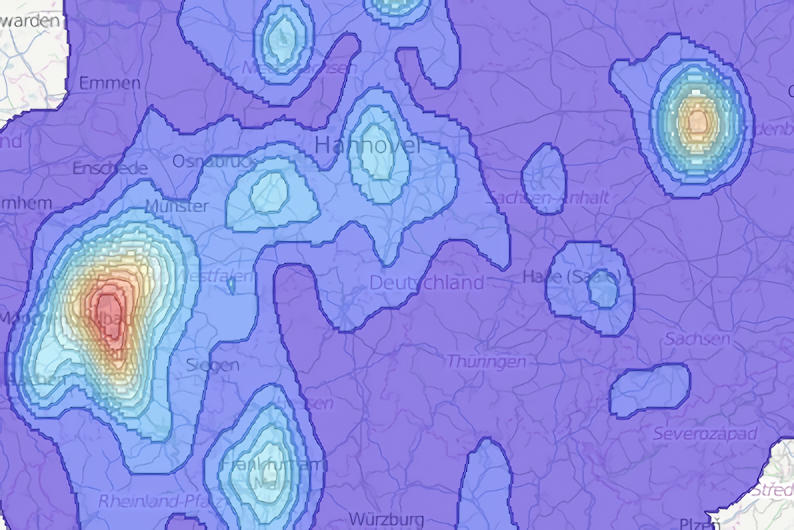
Non-emergency medical transportation - Route planning with Pickup Time Optimisation
Posted 01 Sep 2023
In the video below we discuss vehicle route optimisation for Non-Emergency Medical Transportation (NEMT), also known as Non-Emergency Patient Transport Services, or NEPTS. The NEMT scenario is a common scheduling challenge, involving the transportation of people, some with specific medical requirements, from one location, often, but not always, their home, to another location, usually a medical facility or hospital.
The ODL Live route optimiser generates route plans that follow a series of rules:
-
Rule 1: the passenger must be picked up or dropped off at their target appointment time.
-
Rule 2: the driver cannot park up and wait with a passenger already onboard for longer than a predetermined limit.
-
Rule 3: the driver takes breaks only when no passengers are onboard.
-
Rule 4: passengers can only be onboard for a maximum amount of time.
The scheduling algorithm must allocate passengers (jobs) to drivers (vehicles), plan the stop sequence, and schedule breaks to prevent waiting with passengers onboard. It does this using Pickup Time Optimisation, which uses a combination of the target time for the job – either the pickup time or the dropoff time - and the limit on how long a patient can be on-board, which may mean that the algorithm needs to delay the driver prior to a pickup in order to keep to onboard and waiting time limits.
The model also takes account of whether a passenger is ambulatory or a wheelchair user, and whether they can share a vehicle with other passengers or require exclusive usage of the vehicle.


